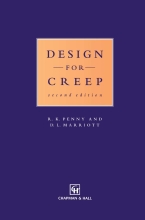In Veggie Mama, Doreen Virtue and chef Jenny Ross share over 100 vegan recipes - including many raw options, using whole grains, legumes, nuts, fruits and vegetables, along with superfoods such as hemp seeds and quinoa - for growing kids of all ages.
The book discusses food allergies and present a CSG-free programme - meaning free of corn, soy (with the exception of fermented miso paste) and gluten, which are inflammatory agents that can create anxiety in sensitive kids, as well as worsen allergy symptoms.

